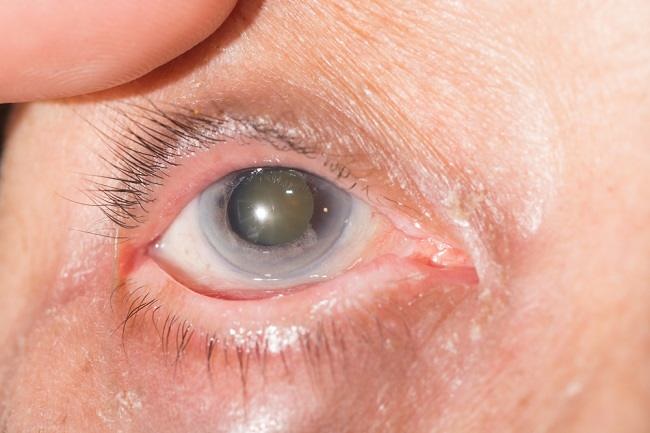A breast abscess is a sac or lump in the breast that contains pus. Breast abscess surgery aims to remove the pus as well as relieve symptoms that arise.
An abscess can form in any part of the breast. However, in most cases, the abscess more often appears under the nipple. This condition is known as a subareola abscess.

Breast abscess can be recognized by signs of breast redness, swelling, and pain. Breast abscess is also often accompanied by fever and discharge of pus from the nipple.
Breast abscesses are most common in nursing mothers. Although not infrequently this condition is experienced by men. Usually, breast abscess in men is caused by a bacterial infection in the breast.
Treatment of breast abscess with surgery aims to remove pus from the abscess and relieve symptoms that appear. There are various types of surgery that doctors can use to treat breast abscesses.
In determining the right type of surgery, the doctor will perform a series of examinations that include a symptom check, medical history, breast ultrasound, and biopsy.
Types of Breast Abscess Surgery
The following are some types of surgery that doctors can use to treat breast abscesses:
1. Aspiration of pus with a needle (needle aspiration)
Needle aspiration is generally used to treat small abscesses (less than 3 cm). In the process, the doctor will drain the fluid and pus from the abscess with a syringe. This procedure can be performed with or without ultrasound guidance.
The advantages of needle aspiration are that the wound heals quickly and is cosmetically better. However, abscesses treated with this method have a high enough potential for recurrence, which is up to 59%.
2. Catheter insertion
For breast abscesses that are more than 3 cm in diameter, the treatment can be done by inserting a catheter. This method uses a special small tube that is inserted into the abscess to drain the pus.
The disadvantage of catheterization is that pus can be difficult to drain if the texture is too thick. In addition, in the case of multiple breast abscesses, pus often remains after the procedure.
3. Vacuum‐assisted breast biopsy (VABB)
VABB is generally used to establish the diagnosis of breast cancer. However, this method can also be used to drain pus from a breast abscess.
VABB is performed under local anesthesia. After the anesthesia is given, the doctor will make a small 5 mm incision in the skin of the breast with ultrasound guidance. Next, the pus in the abscess will be aspirated with a special vacuum.
The VABB method has several advantages, namely it can suck up thick pus that cannot be removed by ordinary needle aspiration and can clean many pockets of pus that are difficult to remove with a catheter.
4. Open incision and drainage
Open surgery with an incision (incision) and draining (drainage) method is used to treat breast abscesses that are large, i.e. more than 5 cm in size, in large numbers, severe and long-standing conditions, or when other methods have failed to treat the breast abscess.
Abscesses treated with open surgery are less likely to recur. The reason is, in addition to removing pus from the abscess, this method can also be used to clean dead breast tissue.
Disadvantages of open incision and drainage are that it takes longer to heal, requires regular dressing changes, and is cosmetically unsatisfactory.
Complications of Breast Abscess Surgery
Each breast abscess surgery can cause different complications. For example, in the method of needle aspiration and catheter placement, there is still the possibility of abscess recurrence.
For the vacuum method, there is a risk of bleeding and blood accumulation in the breast. Meanwhile, in the open incision and drainage method, there is a risk that the nipple is pulled inward and causes pain.
Therefore, if after undergoing breast abscess surgery you again experience signs of a breast abscess, breast discomfort, or pain occurs, immediately consult a doctor so that it can be treated as soon as possible.
Written by:
dr. Sonny Seputra, M.Ked.Klin, Sp.B, FINACS
(Surgeon Specialist)









